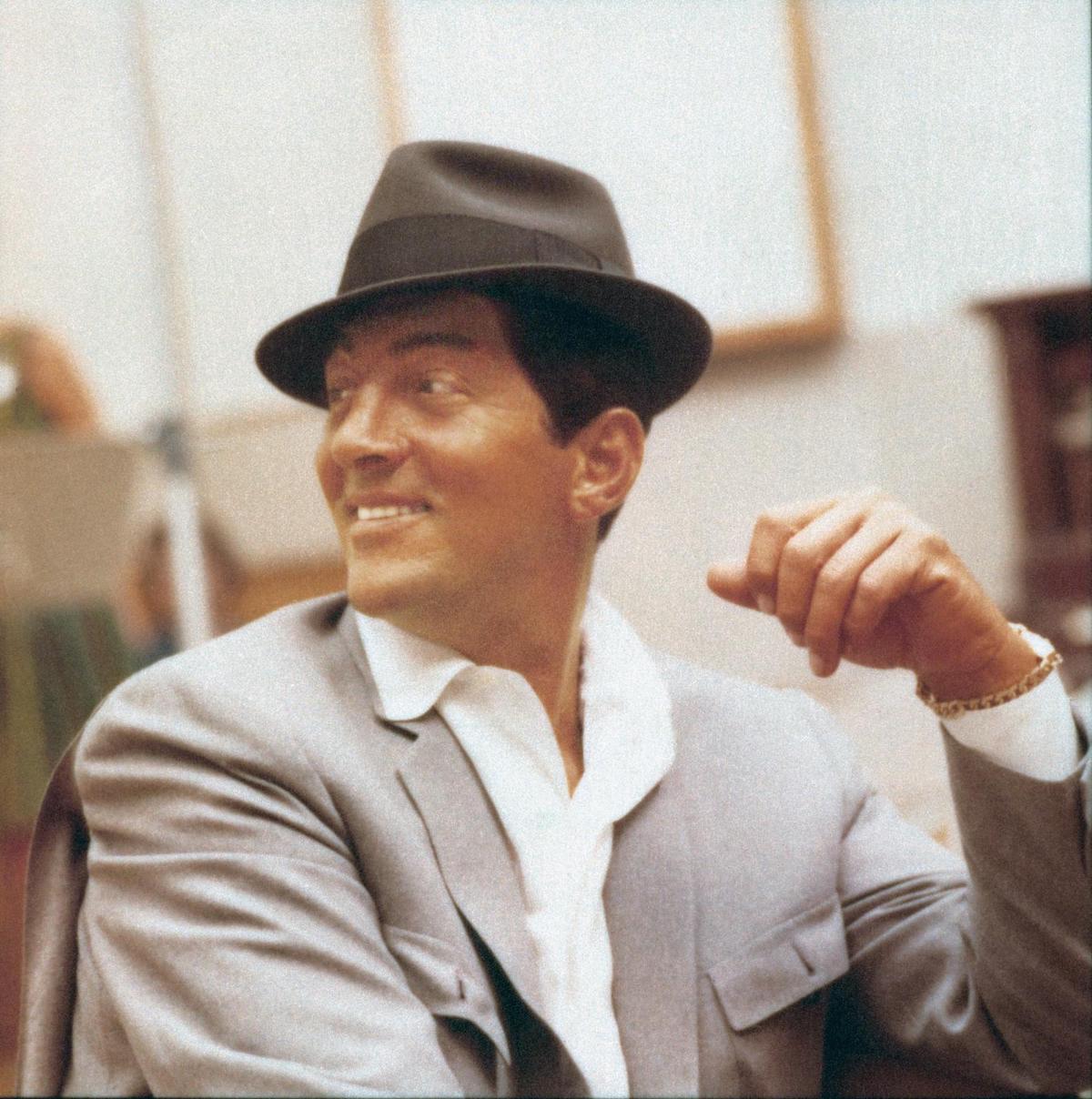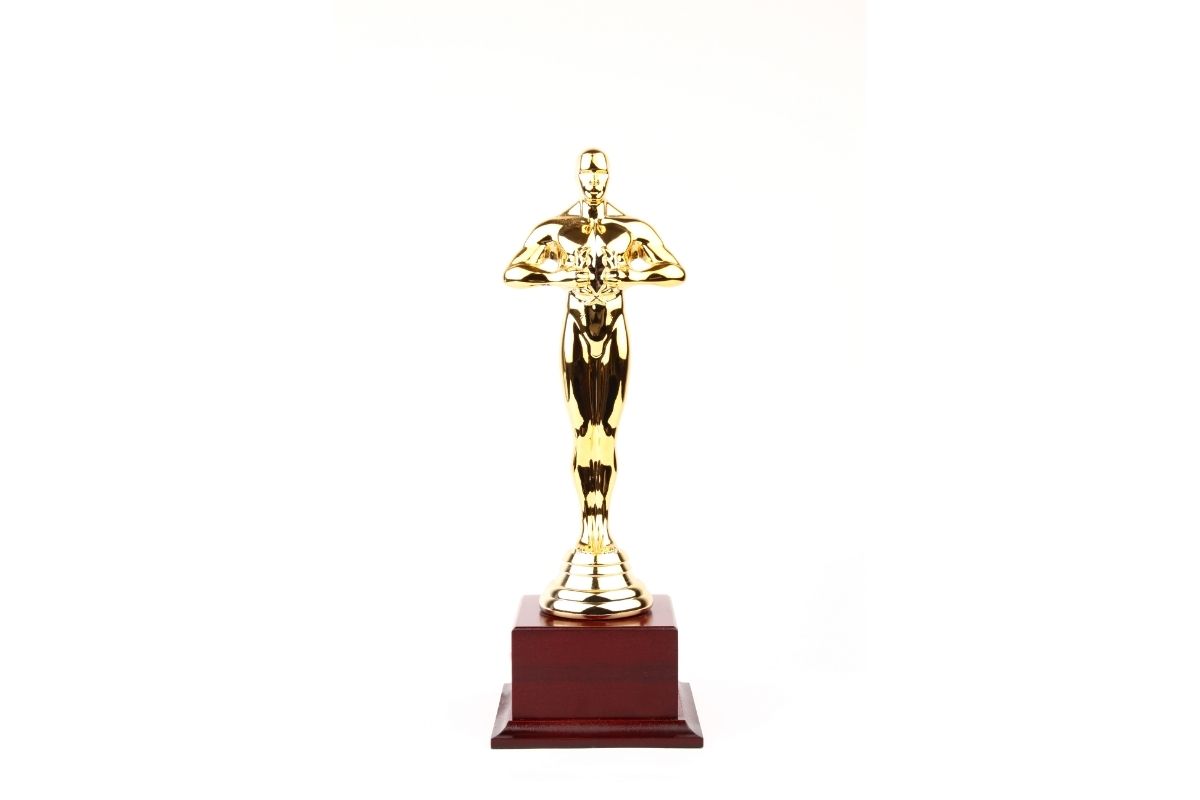Who Was Dean Martin?
Dean Martin (born Dino Paul Crocetti) died on the 25th of December 1995. A popular question is, “how did Dean Martin die?”.
Dean Martin was an Italian-American singer, actor, and comedian. He was one of the most popular and prevailing American entertainers of the mid-20th century. Dean Martin was nicknamed “The King of Cool”.
Martin gained his career breakthrough with comedian Jerry Lewis in 1946. They performed together as Martin and Lewis, they performed in nightclubs and later had appearances on radio, television, and in films. He then continued a ground-breaking solo career in both music and film.
Martin was a movie, recording, television, and nightclub star in his prime. He hosted the Dean Martin Show from 1965 to 1974 and garnered great success.
Was Dean Martin Italian?
Martin was born as Dino Paul Crocetti on June 7, 1917, in Steubenville, Ohio. His father, Gaetano, came from Abruzzo, Italy, and married his mother, Angela Barra. Angela Barra was an Italian-American, whose family also hailed from Abruzzo, in 1914.
While Dean Martin was a first-generation American, his blood ran true Italian.

Dean Martin’s Life Story
Early Life
Martin was born Dino Paul Crocetti on June 7, 1917, in Steubenville, Ohio. Martin had an older brother named William Alfonso Crocetti (1916-1968).
Growing up in an Italian household, Martin’s first language was Italian. He did not learn to speak English until starting school at the age of five. Martin attended Grant Elementary School in Steubenville and was subsequently bullied for his broken English.
In his teenage years, Martin played the drums as a hobby. He then dropped out of Steubenville High School, in tenth grade, claiming he was smarter than his teachers. From there on out, Martin bootlegged liquor, worked in a steel mill, served as a croupier at a speakeasy and blackjack dealer, and was a welterweight boxer.
At 15, he called himself “Kid Crochet” in the boxing world. His prizefighting earned him a broken nose, scarred lip, and many busted knuckles. A comedian from youth, he is quoted to have “won all but 11 of his 12 bouts.”
Martin briefly shared a New York City apartment with Sonny King. It is reported that the two would charge people to watch them bare-knuckle-box each other in their apartment.
Martin later gave up boxing to work as a roulette stickman and croupier in an illegal casino behind a tobacco shop. At the same time, he sang with local bands calling himself “Dino Martini.” He got his break working for the Ernie McKay Orchestra and sang in a crooning style influenced by Harry Mills.
By late 1940 he had begun singing for Cleveland bandleader Sammy Watkins. This was when he became Dean Martin. Martin continued to sing until 1943, when he was drafted into the military in World War II. However, he was sent home after 14 months due to a hernia.
Career
Teaming with Jerry Lewis
Martin met comic Jerry Lewis at the Glass Hat Club in New York, where they were both performing. They formed a fast friendship, which led to each participating in the other’s acts. This resulted in a dynamic music-comedy duo.
Martin and Lewis debuted together at Atlantic City’s 500 Club on July 24, 1946. Unfortunately, they were not well received. The owner warned them that their second show had to be stellar, or they would be fired.
Going all out, Martin and Lewis divided their act between songs, skits, and ad-libbed material. The plan was a hit, and they continued to perform slapstick, vaudeville jokes, and whatever they could think of to keep the audience laughing.
This success led to a series of well-paid engagements on the Eastern seaboard. It also culminated in a run at New York’s Copacabana. Their success is attributed to their friendship. They have both said that the secret to a great show is to ignore the audience and play with each other.
The team made their first TV debut on the first broadcast of The Ed Sullivan Show on June 20, 1948. A radio series then began in 1949 when Martin and Lewis signed with Paramount as comedy relief for the movie My Friend Irma.
Martin and Lewis continued to control their club, record, radio, and television appearances. Through this, they earned millions of dollars.
Over time, harsh comments from critics and frustration with creative licensing led to Martin’s dissatisfaction. This proceeded to cause arguments between Martin and Lewis, with the duo breaking up in 1956.

Solo Career
Martin’s first solo film, Ten Thousand Bedrooms (1957), was a box-office failure. Times were getting tough as the era of pop crooner waned with the advent of rock and roll.
Martin’s comeback started with the film The Young Lions (1958). By the mid-1960s, Martin was a movie, recording, television, and nightclub star.
He won a Golden Globe nomination for his performance in the 1960 film comedy Who Was That Lady. However, Martin continued to seek dramatic roles and star in box-office hits.
As a singer, Martin copied the styles of Harry Mills, Bing Crosby, and Perry Como until he developed his unique style. Over the years, he recorded more than 100 albums and 600 songs.
Record hits include “Everybody Loves Somebody” and “The Door is Still Open to My Heart.” Martin often hosted country performers on his TV show and was named “Man of the Year” by the Country Music Association in 1966. His final album, “The Nashville Sessions,” was released in 1983.
For three decades, Martin was among the most popular acts in Las Vegas.
Rat Pack
As Martin’s solo career blossomed, he and Frank Sinatra became friends. In the late 1950s and early 1960s, Martin and Sinatra, along with Joey Bishop, Peter Lawford, and Sammy Davis Jr, formed the Rat Pack. The men made films together, formed part of the Hollywood social scene, and were politically influential.
The Rat Pack was legendary for their Las Vegas Strip performances. The city would flood with wealthy gamblers, and their act always consisted of songs and slapstick.
In the socially charged 1960s, their jokes revolved around adult themes like womanizing, drinking, race, and religion.
Martin and Sinatra supported the civil rights movement and refused to perform in clubs that would not allow African-American or Jewish performers.
The Dean Martin Show
In 1965, Martin launched his weekly NBC comedy-variety series, The Dean Martin Show. This ran until 1974. Martin won a Golden Globe Award for Best Actor- Television Series Musical or Comedy in 1966 and was nominated again for the following three years.
The show exploited his image as a carefree boozer, and Martin capitalized on this. While the show was a success, it garnered complaints and risked censoring. However, despite Martin’s reputation as a drinker, his alcohol use was quite disciplined.
Martin was comfortable financially by the early 1970s and, with this, began reducing his schedule. After the show’s cancellation in 1974, NBC continued to air The Dean Martin Celebrity Roast as a series of TV specials through 1984.
Later Career
Martin recorded as many as four albums a year for Reprise Records for nearly a decade. Martin recorded his final Reprise album, “Once in a While,” in 1974. However, this was not released until 1978.
In 1974, the film drama Mr. Ricco marked Martin’s final starring role. Martin returned to films briefly with appearances in the star-laden The Cannonball Run and its sequel, The Cannonball Run II. Read our article and find out the Top 5 Best Italian-American Movies.
Personal Life
Dean Martin was married three times in his life. He wed Elizabeth Anne McDonald in 1941. They had four children:
- Craig Martin (born 1942)
- Claudia Martin (born 1944)
- Gail Martin (born 1945)
- Deana Martin (born 1948)
Unfortunately, Martin and McDonald divorced in 1949. Martin gained custody of their children, and McDonald lived out her life in San Francisco, California.
Martin then married Dorothy Jean Biegger in 1949. Their marriage lasted for 24 years, and they had three children together.
- Dean Paul Martin (born 1951)
- Ricci Martin (born 1953)
- Gina Martin (born 1956)
Martin last wed Catherine Hawn in 1973. Theirs was a union that lasted three years.
On March 21, 1987, Martin’s son, Dean Paul Martin, died when his F-4 Phantom II jet fighter crashed while flying with the California Air National Guard. Martin’s grief over his son’s death left him depressed and demoralized.
How Did Dean Martin Die?
Martin was a heavy smoker and was diagnosed with lung cancer at Cedars Sinai Medical Cent in September 1993. He required surgery to prolong his life. However, Martin ignored this.
Martin retired from public life in early 1995 and died of acute respiratory failure resulting from emphysema at his Beverly Hills home on Christmas Day, 1995, at age 78.
Tribute to His Legacy
On that day, the lights of the Las Vegas Strip were dimmed in his honor.
Martin was interred at the Westwood Village Memorial Park Cemetery in Los Angeles. The crypt features the epitaph “Everybody Loves Somebody Sometime,” the title of his signature song.
In 1997, Ohio Route 7 through Steubenville was rededicated as Dean Martin Boulevard. Road signs bearing a caricature of Martin’s likeness designate the stretch with a historical marker.
An annual Dean Martin Festival celebration is held in Steubenville. Impersonators, friends, family, and entertainers, many of Italian ancestry, appear.
In 2005, Clark County, Nevada, renamed a portion of Industrial Road as Dean Martin Drive. A similarly named street was dedicated in 2008 in Rancho Mirage, California.
Dean Martin has three stars on the Hollywood Walk of fame, one at 6519 Hollywood Boulevard for movies; the second at 1617 Vine for recordings; and a third at 6651 Hollywood Boulevard for television.
In 2009, Martin was honored with a posthumous Grammy Lifetime Achievement Award. His surviving children, Gail, Deana, Ricci, and Gina, accepted it on his behalf. In 2010, Martin received a posthumous star on the Italian Walk of Fame in Toronto, Ontario, Canada.

Goodbye to an Italian Crooner!
Dean Martin was an influential Italian American that changed the lives of many with his songs, films, and shows. He was one of the most popular and enduring American entertainers of the mid-20th century. His works will continue to shape pop culture in decades to come.

Community of passionate writers and content creators who share a love for Italian heritage, culture, travel, food, and the Italian-American community. Our mission is to celebrate Italy’s rich history and traditions and connect with others who share the same passion.

